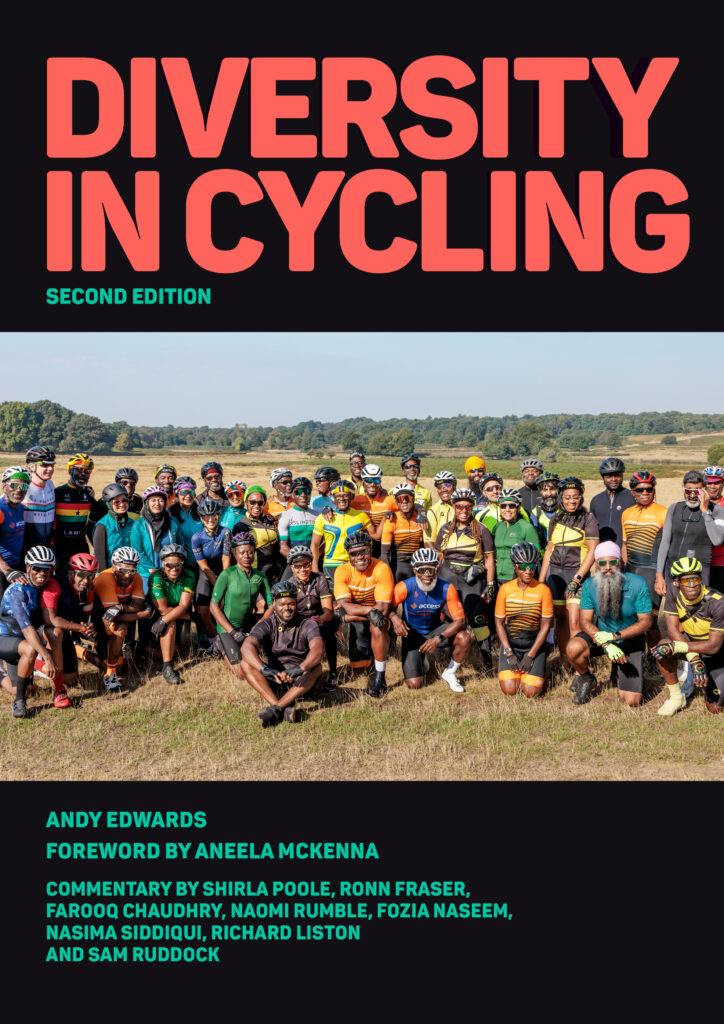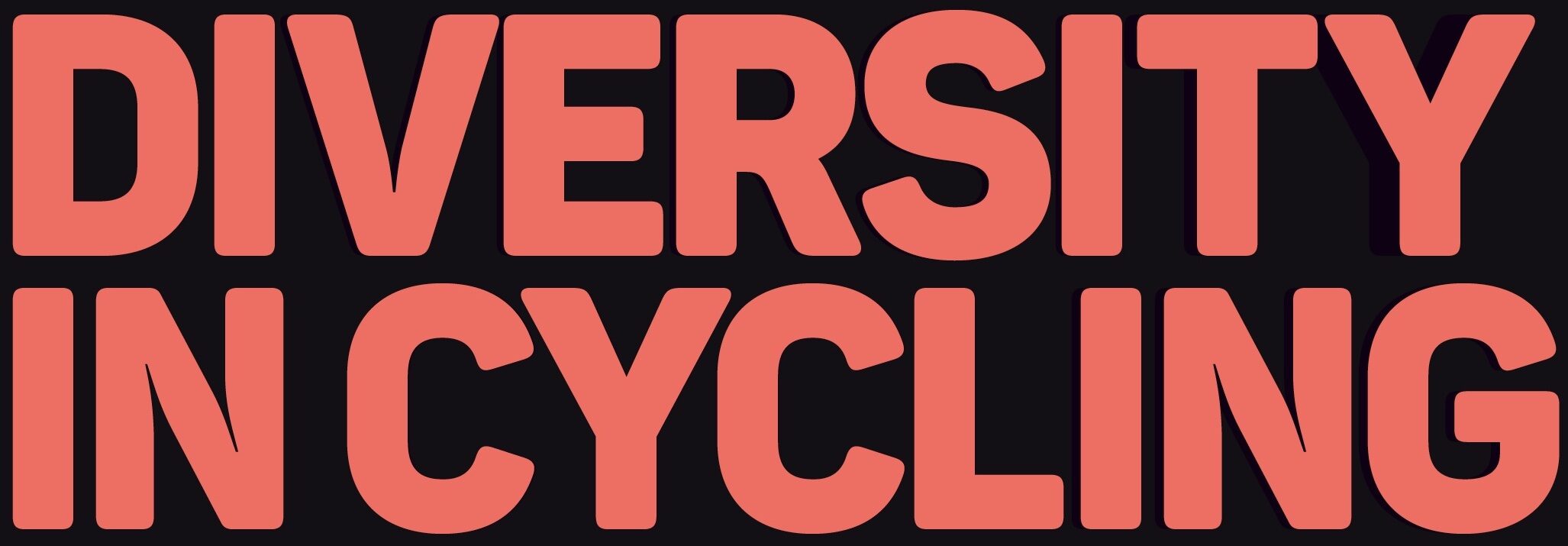Diversity In Cycling began life in 2018 as a collaborative grass roots project written by cyclists for cyclists, starting with a simple question: why, even in a multiracial and cosmopolitan city such as London, are cycling clubs and the broader cycling scene so white?
More riders from Black and Asian backgrounds were discovering cycling, but this was not being reflected in the membership of cycling clubs, by cycling brands in their marketing or in the cycling media. To make change, you have to be the change and everyone who contributed to this report has, in some way, helped transform the sport of cycling. Since its publication in 2019, the cycling world has recognised it has a problem with race and a lack of diversity. An updated and expanded second edition (see below) was published in 2022.
Diversity In Cycling embraces all protected characteristics and all underrepresented and marginalised groups. This project began with a focus on race, intersectionality, and religion (Islam), but also embraces women’s cycling more generally, the LGBTQ+ community, the disabled and neurodiverse communities. Cycling is rooted in working class culture, and while social class is not a protected characteristic, this history must never be eroded or forgotten. Mental health cuts across all protected characteristics and lived experiences, and underpins this work.
Racism, Islamophobia, antisemitism, sexism, homophobia, transphobia, and disablism (including prejudice to neurodiverse communities) have no place in cycling. This means being consistently inclusive. Diversity is not either/ or, and builds on the foundations of truth, equality and justice.
Diversity In Cycling continues to be shared by cyclists and cycling organisations around the world. It offers practical recommendations that everyone in the cycling community can easily adopt whether they are governing bodies, clubs, teams, bike shops, brands or the media.
Click on the link below to read the second edition of Diversity In Cycling.

